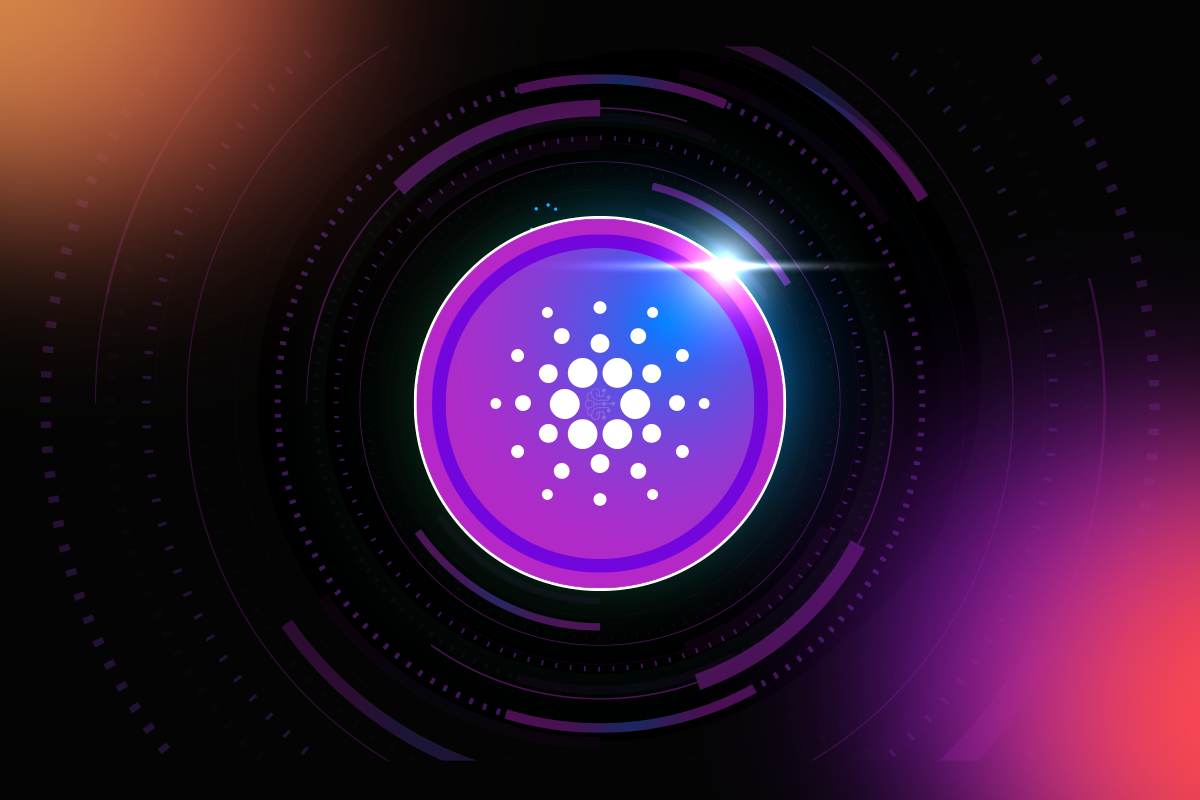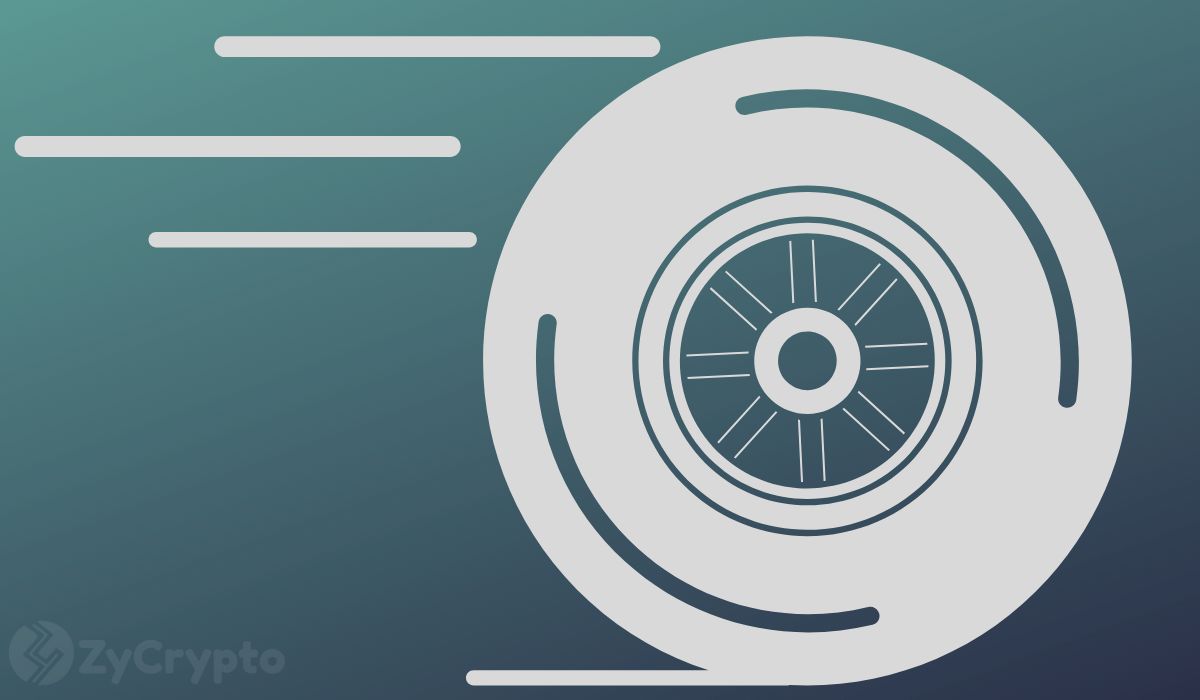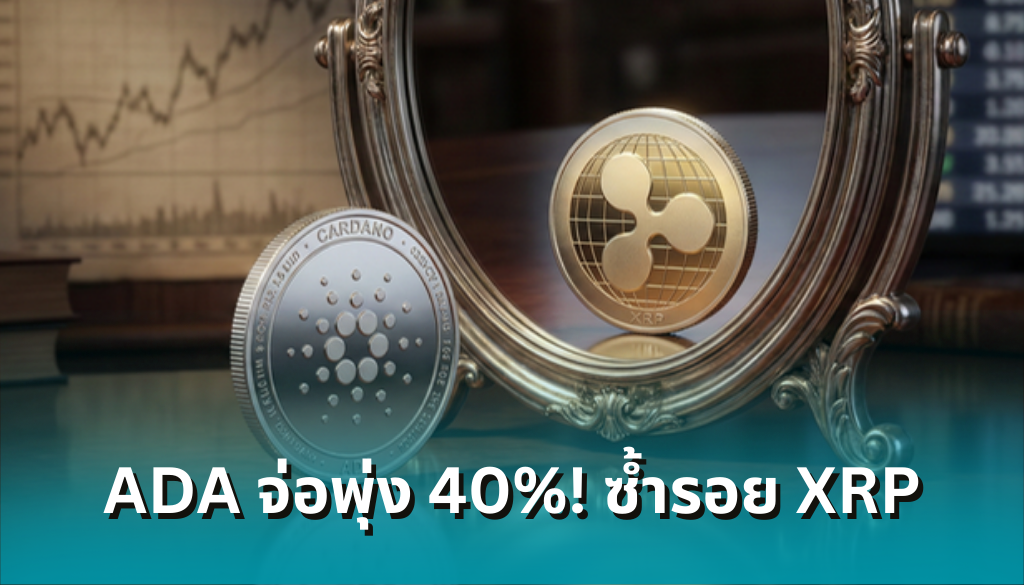Understanding Proof of Stake Methodology
Blockchain technologies are decentralized ecosystems managed by consensus mechanisms where the majority of parties (i.e., more than 50%) eventually agrees to the same reality. Consensus is a mechanism that helps a distributed network establish agreement on the validity of some shared data. Blockchain transactions are confirmed by employing a consensus mechanism among the various nodes in the network.

Blockchain technologies are decentralized ecosystems managed by consensus mechanisms where the majority of parties (i.e., more than 50%) eventually agrees to the same reality. Consensus is a mechanism that helps a distributed network establish agreement on the validity of some shared data. Blockchain transactions are confirmed by employing a consensus mechanism among the various nodes in the network.
What is Proof-of-stake?
Proof-of-stake (PoS) protocols are a class of consensus mechanisms for blockchains that work by selecting validators in proportion to their quantity of holdings in the associated cryptocurrency. The quantity held by the validator is usually referred to as the quantity ‘staked’. By participating in the network this way the validators in return receive a share of the transaction fees collected in the network.
In PoS, the node eligible for minting a block is elected based on the stake it represents in the network. Node operators in the network are those who run a stake pool that participates in block production. The assets of a PoS ledger are dual in nature, acting as both transaction means and participation rights in the consensus protocol. At the same time in PoS based protocols active participation of stakeholders is essential. If nodes are offline or do not participate in the consensus mechanism, the network’s security is at risk. A mechanism to increase participation of stakeholders without having them to run nodes is called delegation. In this process they delegate their participation rights to a stake pool by delegating their stake to that pool.
Proof of work (PoW) is a predecessor to PoS. In a PoW scheme blocks are validated through a process called mining where a validating node solves complex algorithms to validate transactions that get added to a block. This generally requires large computational effort on the validators’ part even though correctness of the computation done by the node can be verified with minimal effort. Bitcoin is the most famous PoW based protocol. However, the energy usage for Bitcoin protocol is often stated as being comparable to that of a small country. This is a common problem for all PoW blockchains.
Cardano’s PoS scheme
In Cardano’s Proof of Stake (PoS), a validator node gets elected for creating blocks, based on the total stake possessed by the node. The leader election follows a process that randomly selects validators proportionally to their stake represented in the blockchain’s ledger making this slot leader election process itself computationally cheap. The protocol used by Cardano’s PoS network is called Ouroboros. It is the first provably secure proof-of-stake protocol built out of peer-reviewed research. Ouroboros combines unique technology and mathematically-verified mechanisms - which, in turn, combine behavioral psychology and economic philosophy - to ensure the security and sustainability of the blockchains that depend upon it. Ouroboros powers the Cardano network with minimal energy requirements to facilitate the block propagation of Cardano’s global, permissionless network.
PoS: Cardano uses a proof-of-stake consensus mechanism which uses the amount of stake (simply put as value of ADA delegated) held in the network to determine consensus. ADA held by anyone on the Cardano network, when delegated to a stake pool or pledged as a stake pool operator, represents their stake in the network, with the size of the stake proportional to the amount of ADA held.
Layered architecture: Borrowing the concept of separation of concerns from TCP/IP, Cardano follows a layered architecture where value is decoupled from computation. This essentially separates out the mechanism to send and record the flow of tokens and the reasons as well as conditions behind moving tokens. The former is represented by the value ledger and is called the Cardano Settlement Layer (CSL) where all the transactions are carried on. The latter is actualised by the Cardano Computational Layer (CCL) used to deploy smart contracts and govern the network. The layered architecture permits significantly more flexibility in the design, use, privacy and execution of smart contracts
Rewards mechanism: The reward mechanism Cardano uses parameters like saturation parameter, pledge influence factor, pool margin and pool fixed cost for calculating the rewards awarded to a node that creates the block.
The saturation parameter sets the maximum stake cap per pool, after which the pool will receive diminishing rewards. The saturation mechanism intends to promote decentralization by encouraging delegators to delegate to different stake pools, and incentivizing operators to set up alternative pools so that they can continue earning maximum rewards. As of December 2020, the k parameter on Cardano is 500, setting the saturation point (stake cap) for a stake pool at 64 million ADA.
The pledge influence parameter determines the reward of a pool by virtue of the stake pledged by the SPO. It aims to create incentives for pledging more of an SPOs stake to a single pool, rather than splitting it. This parameter intends to secure a healthy level of decentralization as it encourages large operators to control fewer pools with a high pledge. As for the SPO, higher pledge increases the chance of delegates joining the pool because SPO has skin in the game and it increases the rewards earned by the pool as well. Also if the pool owners collectively delegate less than the declared pledge, pool rewards for that epoch will be zero.
The fixed cost is a set fee that is paid to the SPO to compensate for the pool’s operating costs. At this time the minimum fixed cost is 340 ADA per epoch. The pool margin is the percentage of rewards paid to the stake pool operator in addition to the fixed cost but before rewards are distributed to the delegators including the pool owners.
Delegate Your Voting Power to FEED DRep in Cardano Governance.
DRep ID: drep12ukt4ctzmtf6l5rj76cddgf3dvuy0lfz7uky08jfvgr9ugaapz4 | We are driven to register as a DRep by our deep dedication to the Cardano ecosystem and our aspiration to take an active role in its development, ensuring that its progress stays true to the principles of decentralization, security, and community empowerment.DELEGATE VOTING POWER!








